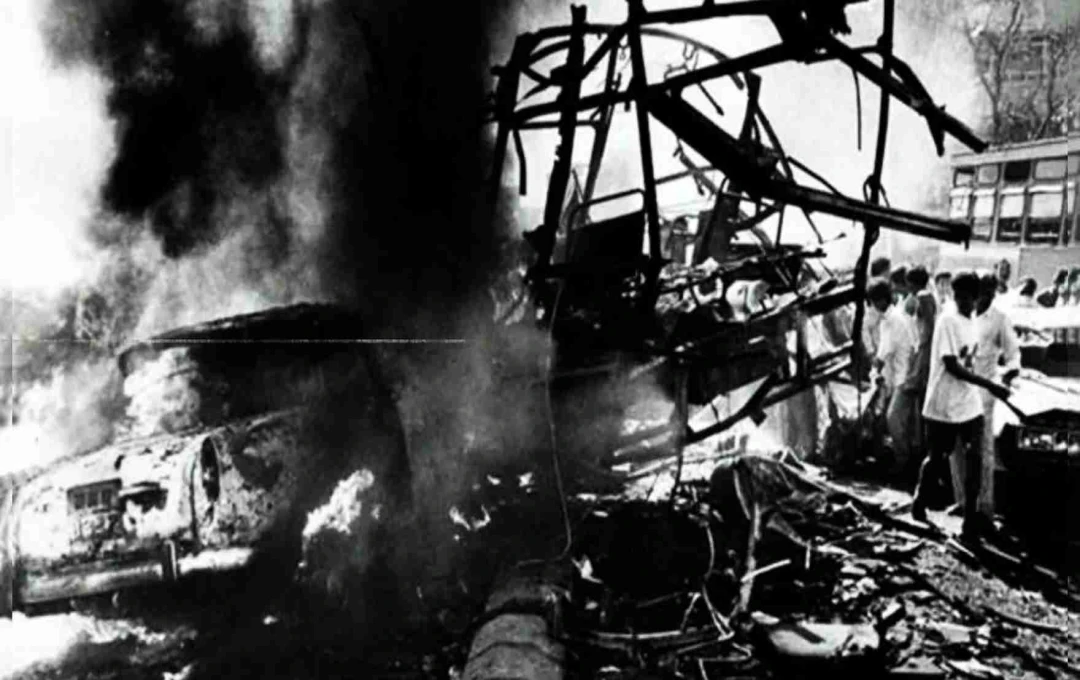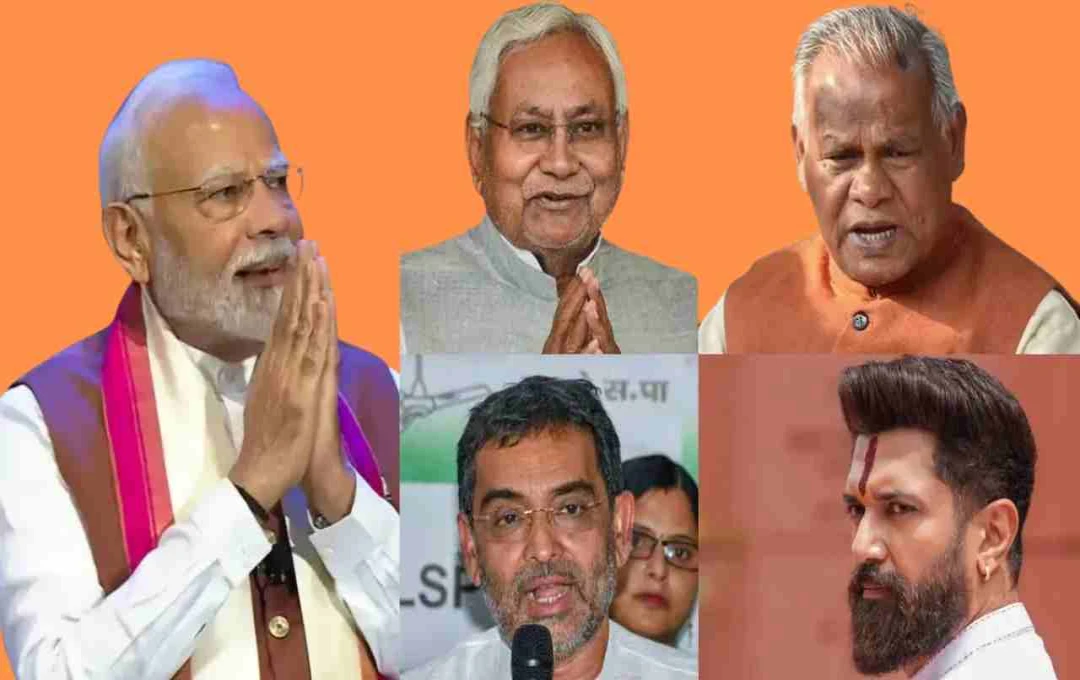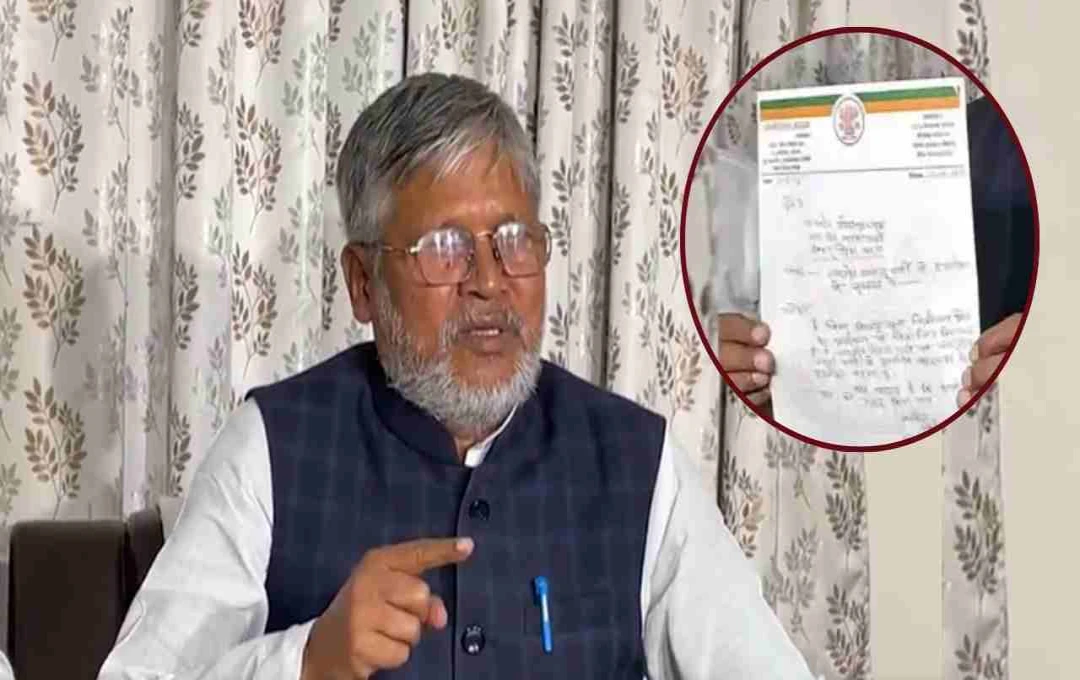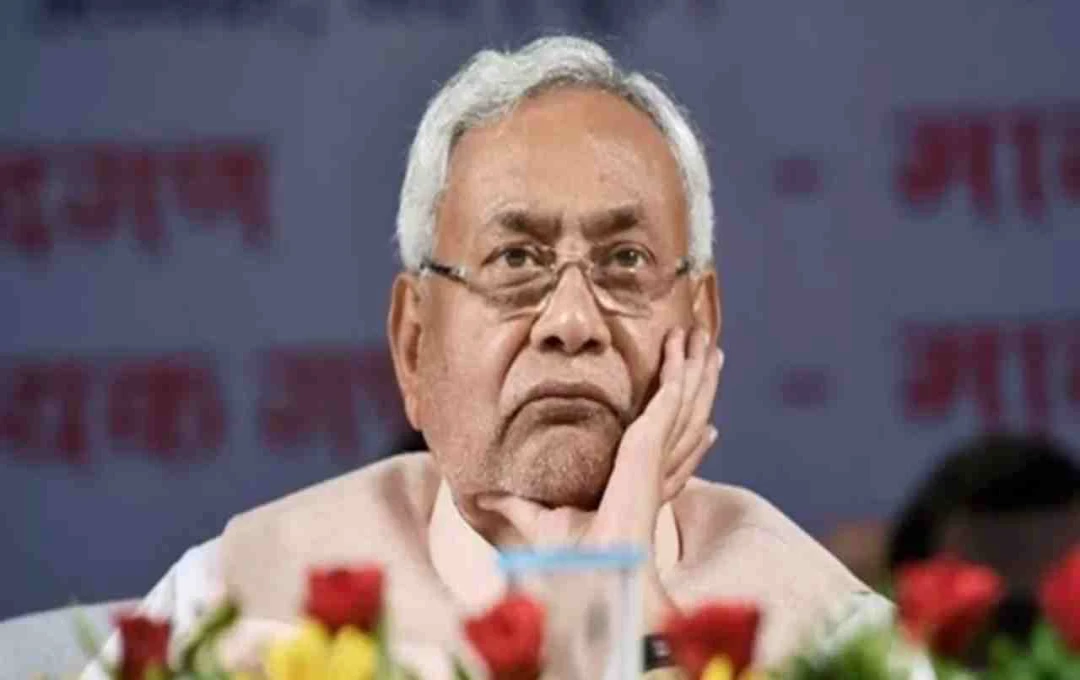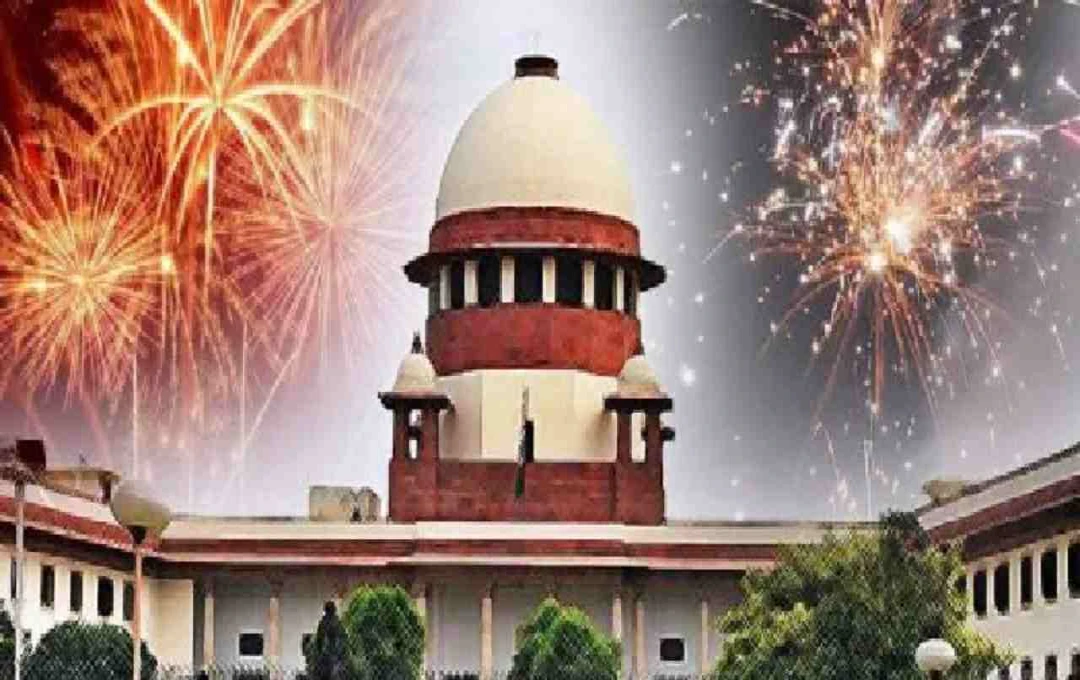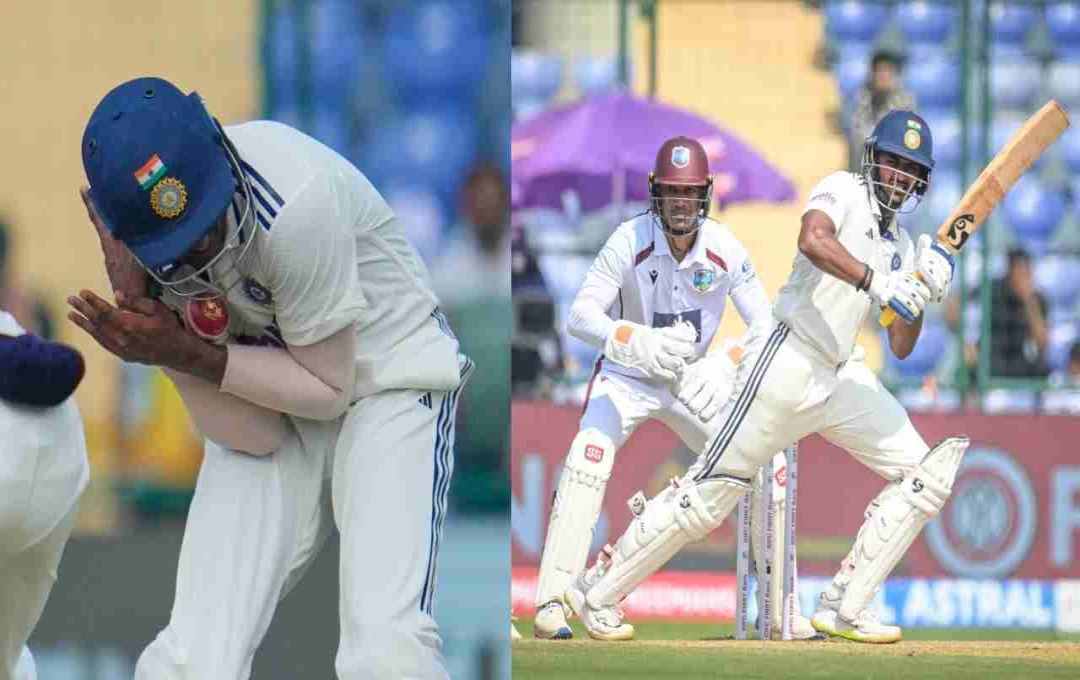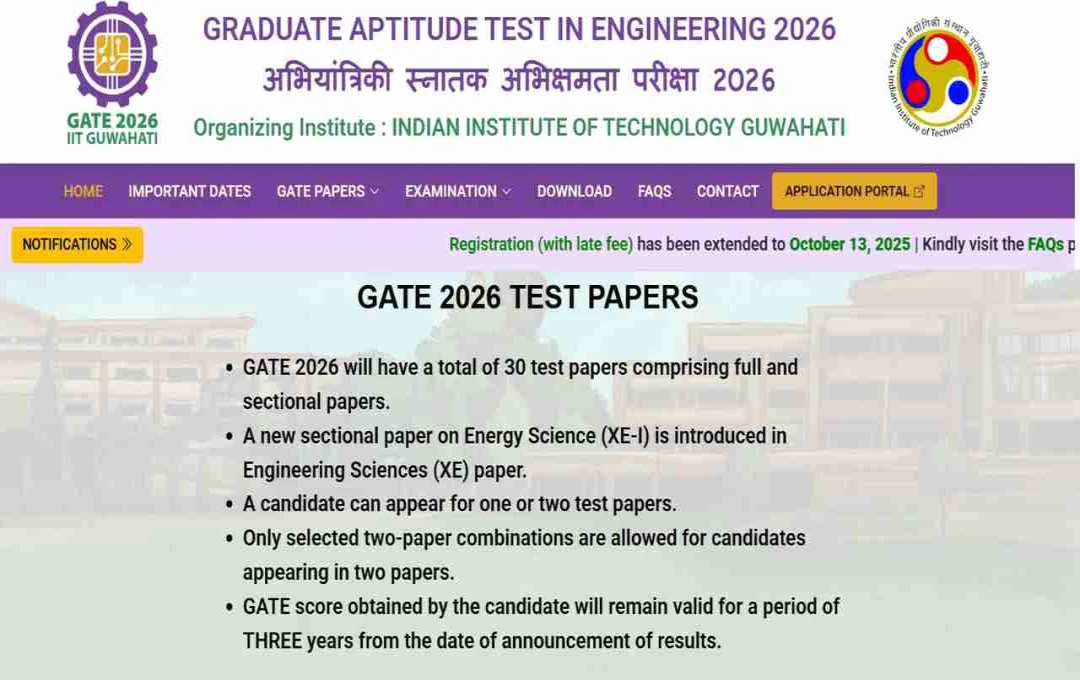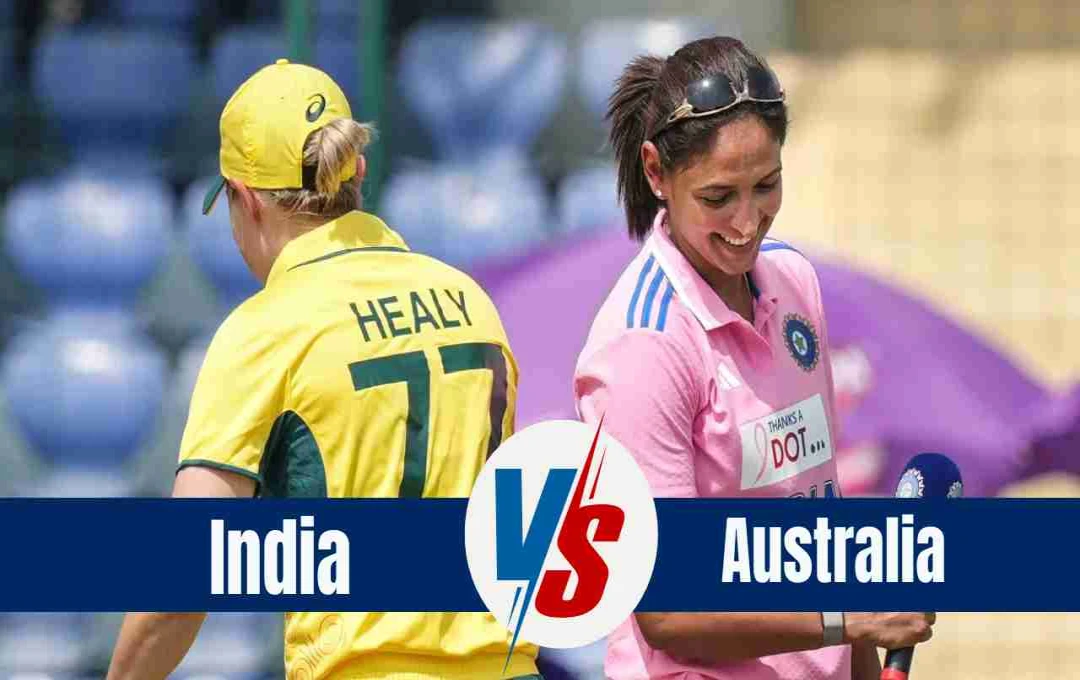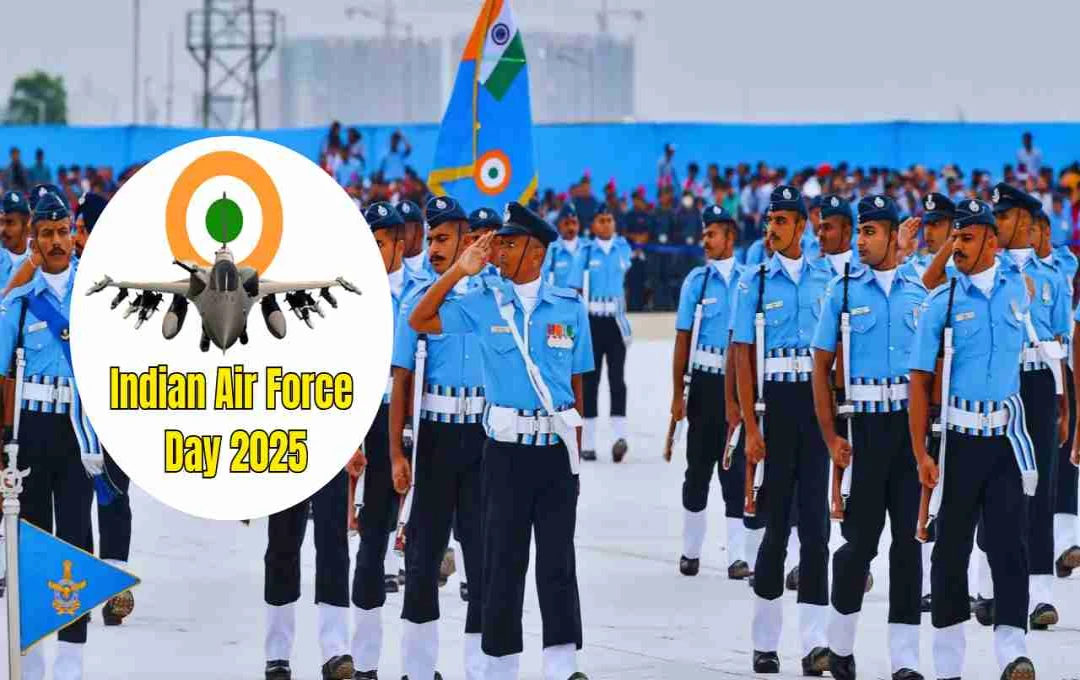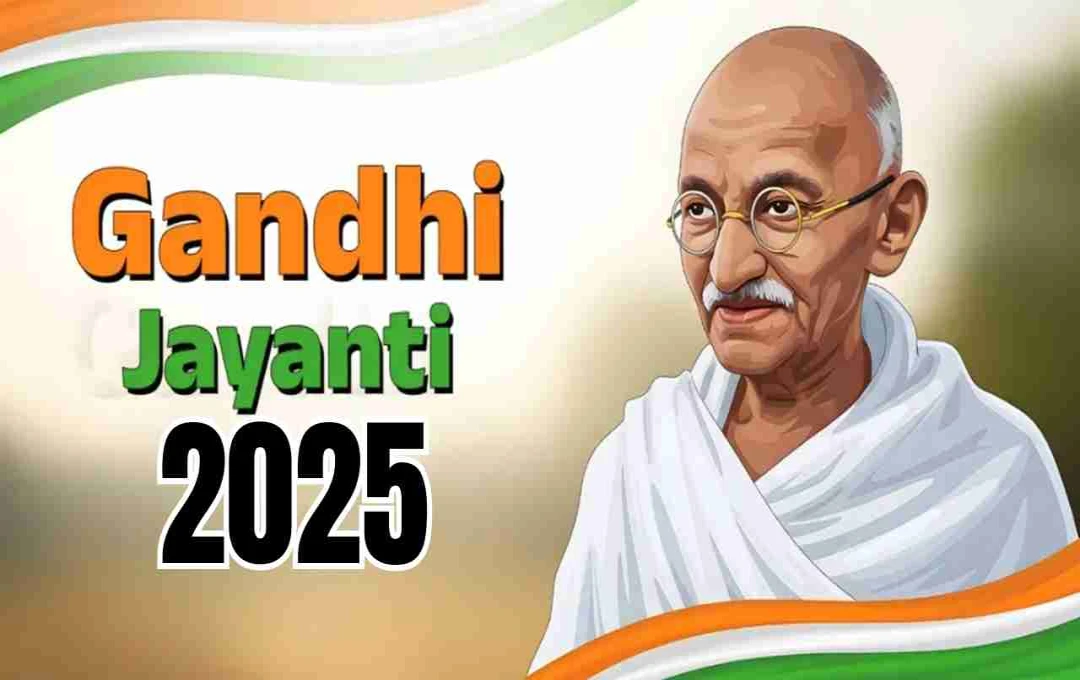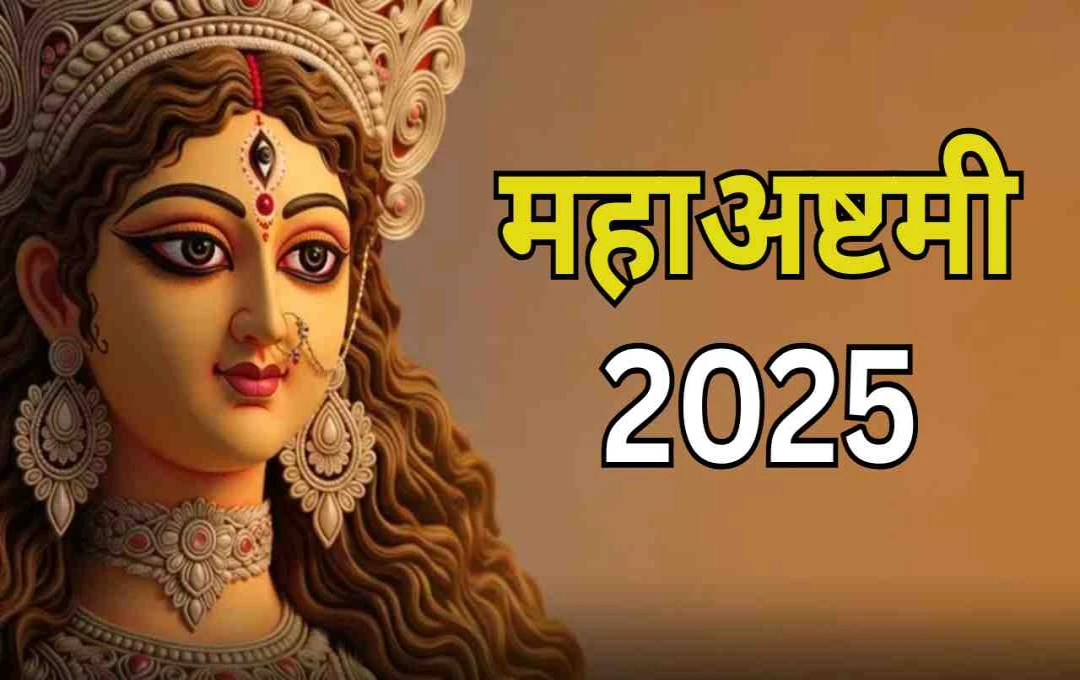Mumbai Police has achieved a significant breakthrough by arresting a fugitive accused in the infamous 1993 communal riots from the Wadala area. Arif Ali Hashmulla Khan, 54, who had been evading the police for 32 years, was arrested on Saturday night. Khan is charged with attempted murder, unlawful assembly, and other serious offenses. A case was registered against him at the Wadala Police Station under various sections of the Indian Penal Code.
The police had been searching for the accused for a long time. After receiving confidential information and conducting technical surveillance, Khan was apprehended from the Deen Bandhu Nagar area of Wadala. The police are now trying to ascertain where he was hiding for so many years and who he was in contact with. According to officials, this arrest is a major achievement in resolving a long-pending case.
The Story of the Accused Until Being Declared a Fugitive
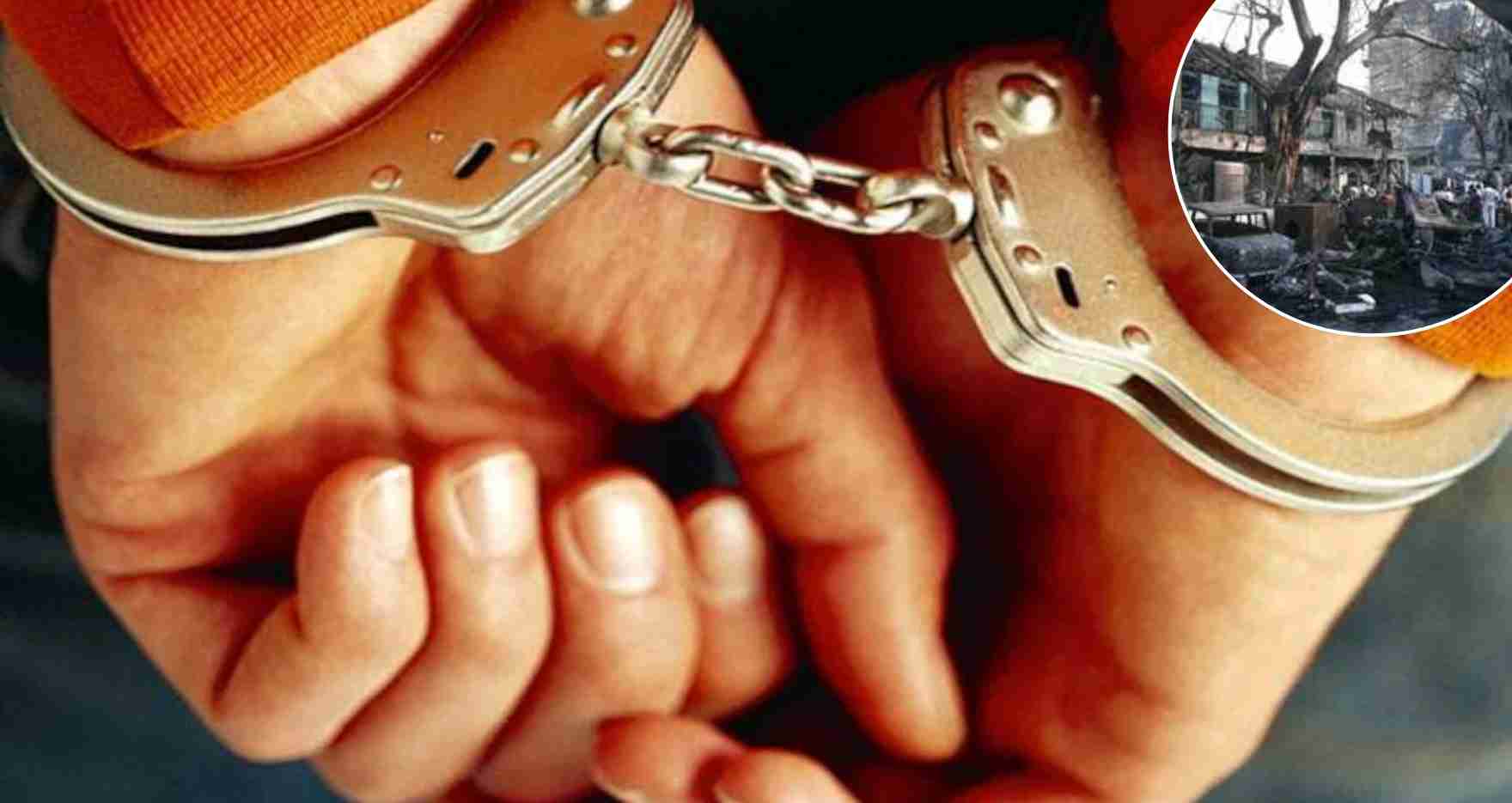
During the 1993 Mumbai riots, Khan was accused of serious charges like attempted murder and inciting a mob. Due to his absconding, the court had declared him a fugitive. To catch the accused, the police had expanded their investigation to Uttar Pradesh. Based on a tip-off received from there, the team got crucial clues, which helped in his arrest. After the arrest, the accused was presented in court, where he was remanded to judicial custody.
The police are now investigating where Khan lived all these years and with whose support he managed to evade capture. Along with this, a thorough investigation into his role and his associates is also underway.
A Dark Chapter in the History of the Nation
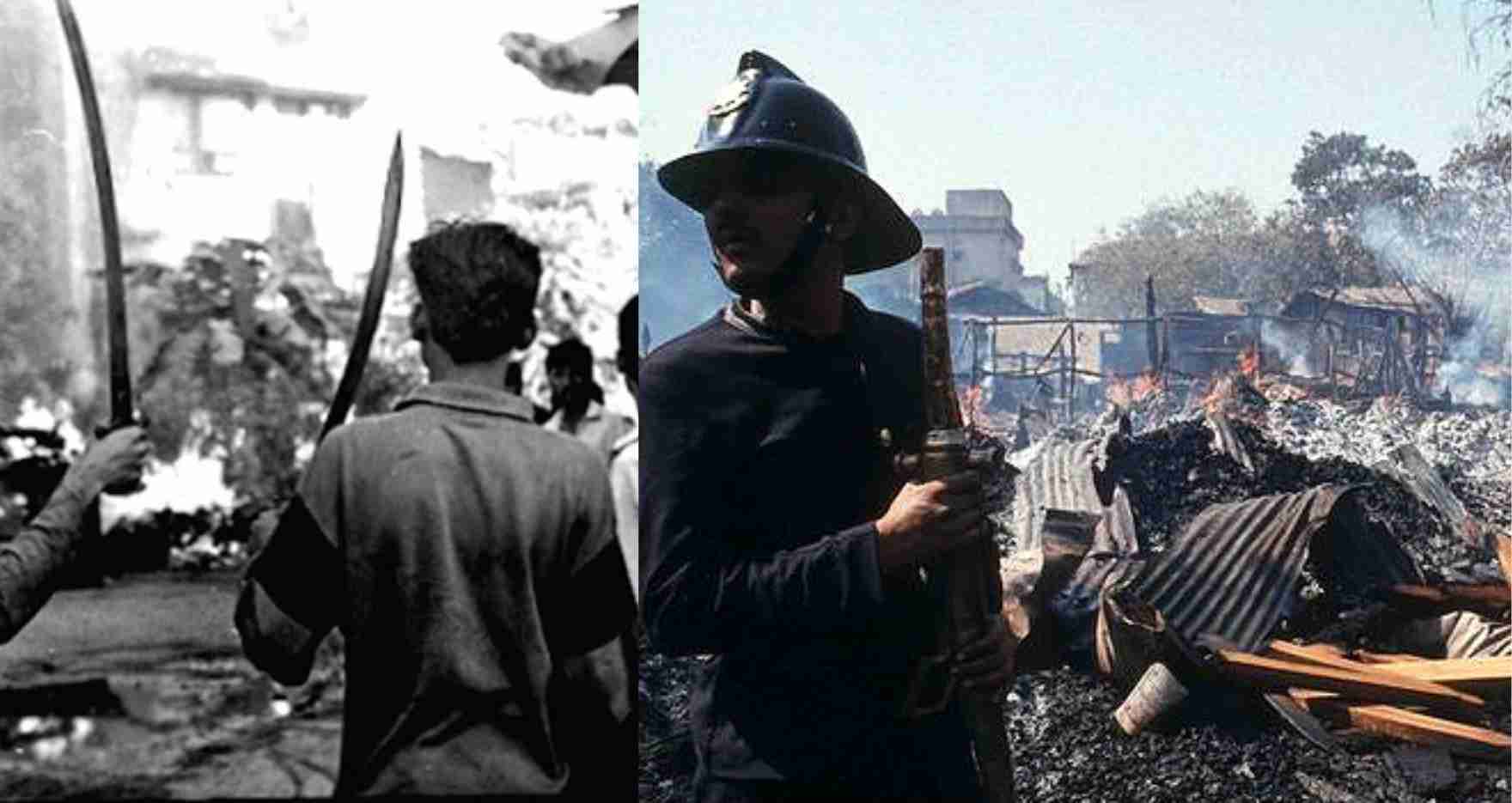
The communal riots that erupted in Mumbai in 1993 are considered one of the most horrific events in Indian history. After the demolition of the Babri Masjid in Ayodhya, tension spread throughout the city, which quickly turned into violence. For several weeks, Mumbai was under the shadow of terror and arson. According to government figures, nearly 900 people lost their lives in these riots, while more than 2,000 were injured. However, many non-governmental reports claim much more damage.
This violence spread in two different phases. The first phase began immediately after the demolition of the Babri Masjid on December 6, 1992, in which violence spread in areas like Dharavi, Bhendi Bazaar, Dongri, and Nagpada. The second phase was seen in January 1993, when tension again flared up in many areas including Mahim, Grant Road, Bhandup, and Jogeshwari. During these riots, serious allegations were also made regarding the role of the Shiv Sena, which further heated up the political atmosphere.
The impact of the Mumbai riots was not limited to loss of life and property, but also dealt a deep blow to the social fabric of the city. This event remains a challenge to the communal harmony of the country even today.
